Beaked Hazelnut (Corylus cornuta) is a native North American shrub belonging to the Betulaceae family. Found across Canada and the United States, this woody plant, also called beaked filbert, thrives in woodland settings and is valued for its edible nuts.
As a versatile native species, it is an excellent choice for native plantings, woodland gardens, or hedges. While it is generally easy to grow, some maintenance is necessary to keep it well-groomed and visually appealing.
| Common name | Beaked Hazelnut |
| Botanical name | Corylus cornuta |
| Family | Betulaceae |
| Species | cornuta |
| Origin | Canada, U.S.A. |
| Life cycle | Woody |
| Plant type | Native Plant |
| Hardiness zone | 4, 5, 6, 7, 8 |
| Sunlight | Full Sun |
| Maintenance | High |
| Soil condition | Clay |
| Soil ph | Acid |
| Drainage | Well-Drained |
| Harvest time | Fall |
| Flowering period | Spring |
| Height | 4 ft. – 14 ft. |
| Flower color | Gold, Yellow |
| Stem color | Brown, Copper |
| Fruit type | Nut |
| Fruit benefit | Edible |
| Garden style | Edible Garden |
| Uses | Naturalized Area |
I. Appearance and Characteristics
Corylus cornuta, the beaked hazelnut (or just beaked hazel), is a deciduous shrubby hazel with two subspecies found throughout most of North America.
The beaked hazelnut can reach 4–8 metres (13–26 feet) tall with stems 10–25 centimetres (4–9+3⁄4 inches) thick with smooth gray bark, but it can also remain relatively small in the shade of other plants. It typically grows with several trunks.
The leaves are green, rounded oval with a pointed tip, coarsely double-toothed, 5–11 cm (2–4+1⁄4 in) long and 3–8 cm (1+1⁄4–3+1⁄4 in) broad, with soft and hairy undersides.
The male flowers are catkins that form in autumn, pollinating the single female flowers the following spring to allow the fruits to mature through the summer.

The beaked hazelnut is named for its fruit, which is a nut enclosed in a husk with a tubular extension 2–4 cm (3⁄4–1+1⁄2 in) long that resembles a beak. Tiny filaments protrude from the husk and may stick into, and irritate, skin that contacts them. The spherical nuts are small and surrounded by a hard shell. The beaked hazel is the hardiest of all hazel species, surviving temperatures of −50 °C (−58 °F) at its northern limits.
It has a shallow and dense root system which is typically only 15 cm (6 in) deep, with a single taproot which may extend 0.6 m (2 ft) below the surface.
Varieties
There are two varieties, divided by geography:
- Corylus cornuta var. cornuta – Eastern beaked hazel. Small shrub, 4 to 6 m (13 to 20 ft) tall; ‘beak’ longer, 3 cm (1+1⁄4 in) or more. Occurs from 100–500 m (330–1,640 ft) throughout its range, and up to 1,000 m (3,300 ft) in Alberta.
- Corylus cornuta var. californica – Western beaked hazel or California hazelnut. Large shrub, 4 to 15 m (13 to 49 ft) tall; ‘beak’ shorter, usually less than 3 cm (1+1⁄4 in). Occurs below 2,100 m (6,900 ft) in California, and below 800 m (2,600 ft) in British Columbia. The Concow tribe called this variety gōm’-he’’-ni (Konkow language). California hazelnut is believed to be resistant to Eastern filbert blight.
Although C. cornuta is somewhat shade tolerant, it is more common in forests with fairly open canopies than denser ones. However, it is intolerant of entirely open areas that get hot and dry.
Fire kills the above-ground portion of the shrub, but it resprouts fairly readily after fire from its root crown or rhizomes. It recovers after fire to the extent that American Indians in California and Oregon used fire to encourage its growth.
In boreal regions, it is threatened by the invasive Siberian peashrub, which can invade and achieve dominance in understories.

II. How to Grow and Care
Sunlight
Beaked hazelnut thrives optimally under partial sun conditions, where it receives a blend of sunlight and shade throughout the day. This balance fosters robust growth and maintains the health of the plant. Although beaked hazelnut tolerates full sun, excessive exposure can lead to stress which might manifest in leaf scorch or reduced vigor. Adaptively, the plant can adjust leaf orientation to mitigate intense light.
Outdoors, beaked hazelnut should be planted in locations that provide dappled sunlight or areas with morning light and afternoon shade to mimic its native understory habitat. Proper light conditions are crucial for beaked hazelnut’s development and overall well being.
Watering
Beaked hazelnut thrives in its native temperate forests, where the soil moisture is consistent yet well-drained. It exhibits a preference for moderate humidity and demonstrates resilience to varying water conditions. Watering beaked hazelnut once every 1-2 weeks suffices to mimic its natural habitat’s hydration cycle. Given that beaked hazelnut is an outdoor plant, it benefits from rainwater during its growing season, which supplements irrigation and contributes to its robust growth.

Fertilizing
For robust growth and fruitful yields, beaked hazelnut requires periodic fertilization with balanced nutrition fertilizers supplemented by high nitrogen variants. Initiate in early spring with a balanced slow-release fertilizer to establish strong roots and support budding.
As beaked hazelnut enters peak growing season, monthly applications of high nitrogen fertilizer enhance leafy growth. Limit to light doses to prevent root burn. Seasonal adjustments are key: reduce frequency post-summer to avoid overstimulation as beaked hazelnut enters dormancy.
For effective application, evenly spread granules at the drip line, not directly against the trunk, and water thoroughly. Adhering to precise fertilization regimens ensures the beaked hazelnut’s vitality.
Propagation
Beaked hazelnut is apt for propagation through cutting and layering, preferably during autumn and winter seasons. Moderately easy to propagate, lookout for fresh growth as a sign of successful initiation. Adequate soil moisture and protection against frost can improve success rates.
Transplanting
For beaked hazelnut, early spring (S1) is ideal for transplanting as it allows plants to establish roots before the hot, dry summer. It prefers cool locations with well-drained soil. To ease transplantation, maintain soil around the root ball and water thoroughly post-transplant.
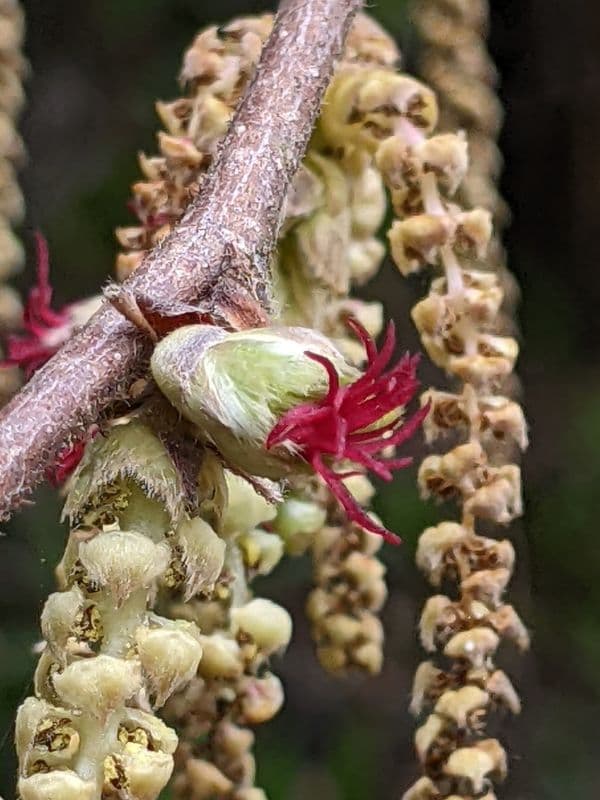
III. Uses and Benefits
- Ornamental uses
Beaked hazelnut is sometimes found in a fruit and vegetable garden. It rambles and grows very well in a woodland or naturalized space. It can also be used as a border shrub. Planting it around Douglas fir and Sitka spruce helps keep the trees healthy, so they are often found together.
- Use by animals
Deer, moose, and livestock browse the foliage of the Eastern beaked hazel, but the Western beaked hazel is considered to have low palatability for ungulates. The hazelnut weevil feeds solely off the Western beaked hazel.
American beavers prefer Eastern beaked hazel browse, and consume it to such an extent that they reduce its relative abundance in favor of conifers.
The nuts of C. cornuta californica are an important food source for squirrels, especially as a backup in times of acorn crop failure. Species such as Douglas squirrels, red squirrels and least chipmunks gather and stash the nuts, and although up to 66% of the nuts are consumed, the remainder have an elevated chance of germination due to being buried in soil or leaves.
Although squirrels only distribute the nuts about 90 m (300 ft) or less, jays such as the blue jay in the east and the Steller’s jay in the west distribute them over longer distances. Black bears, turkeys, and white-tailed deer also consume the nuts.
Ruffed grouse consume the protein-rich catkins and young buds of Corylus cornuta.
It is used as cover by a variety of animal species, and provides good nesting for birds, especially the ruffed grouse. The white-footed vole is positively correlated with California hazelnuts in the Umpqua National Forest in Oregon.

- Other uses
Native Americans used the sprouts to create baskets, fish traps, and baby carriers. The nuts were eaten and commonly used as a trade good among indigenous groups—both the Lewis and Clark expedition and prolific early naturalist David Douglas bartered for beaked hazelnuts with local peoples they encountered. It was used medicinally as emetic, for deworming, as an astringent, and for teething.
It is considered an excellent nut, with the same uses as any hazelnut. While the beaked hazelnut does not produce as many nuts as commercial European species such as the common hazel or filbert, it is more resistant to common diseases, and has been used in breeding programs to create high-yield, disease resistant hybrids.
It is used in restoration plantings to increase biodiversity, improve food sources for wildlife, and to reduce rates of laminated root rot in nearby Douglas-fir and Sitka spruce.
Find Where to Buy the Best Beaked Hazelnut (Corylus cornuta)



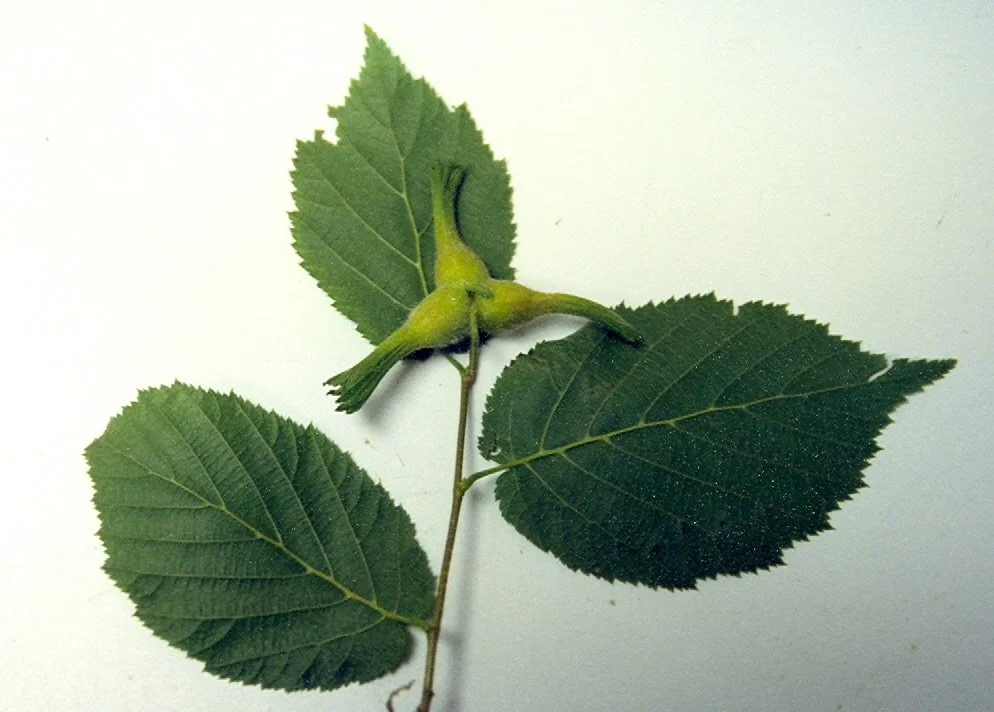



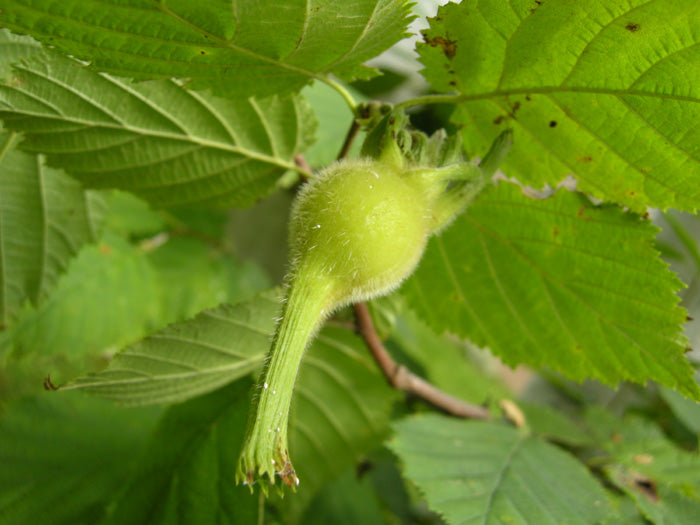

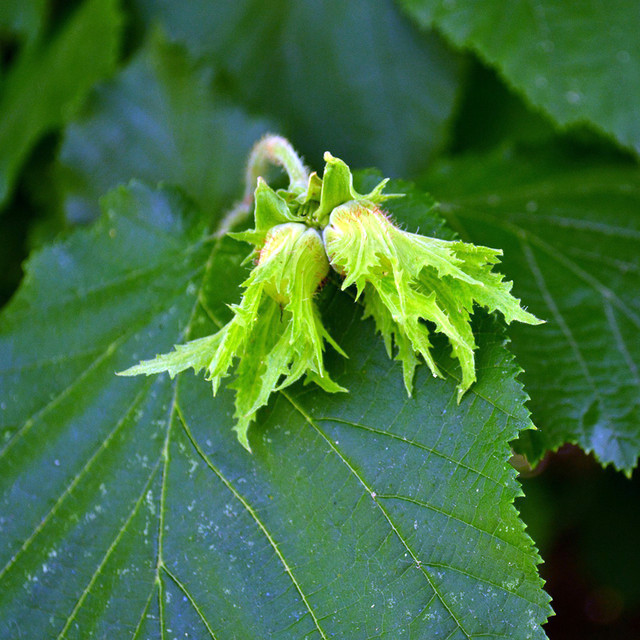
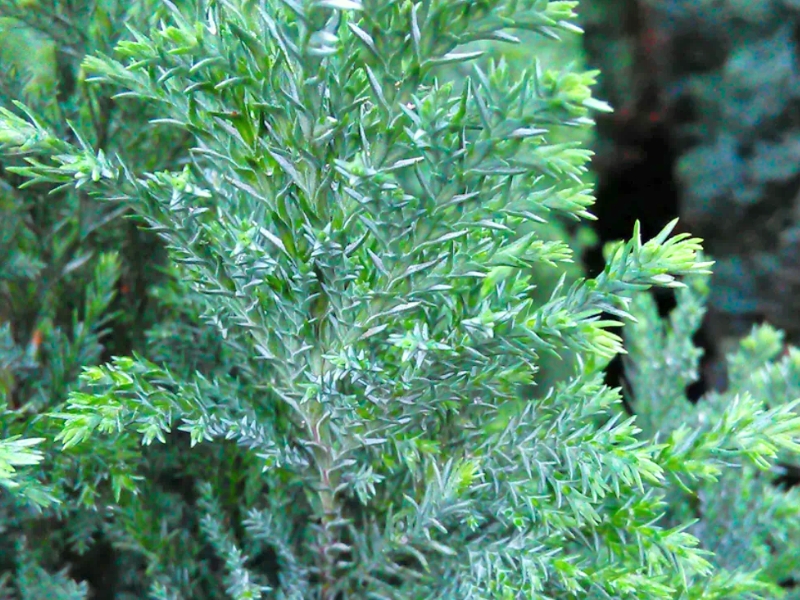

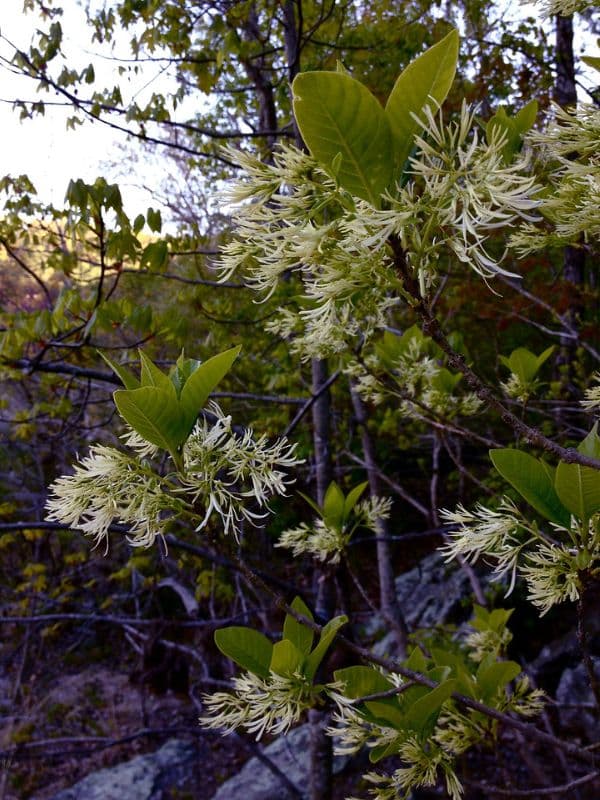

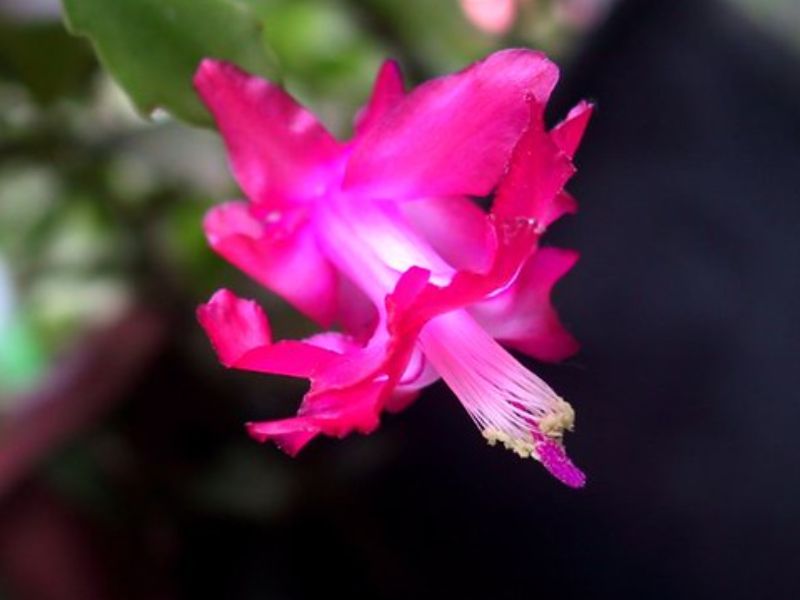
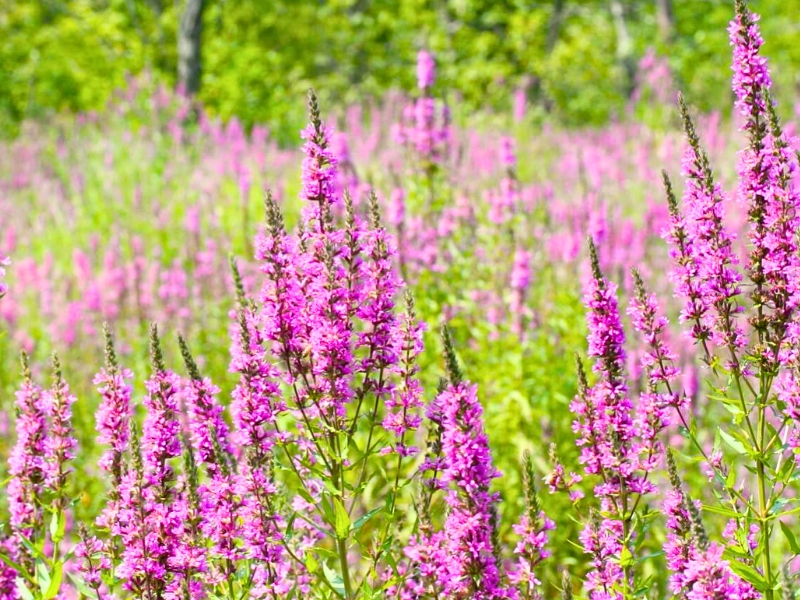
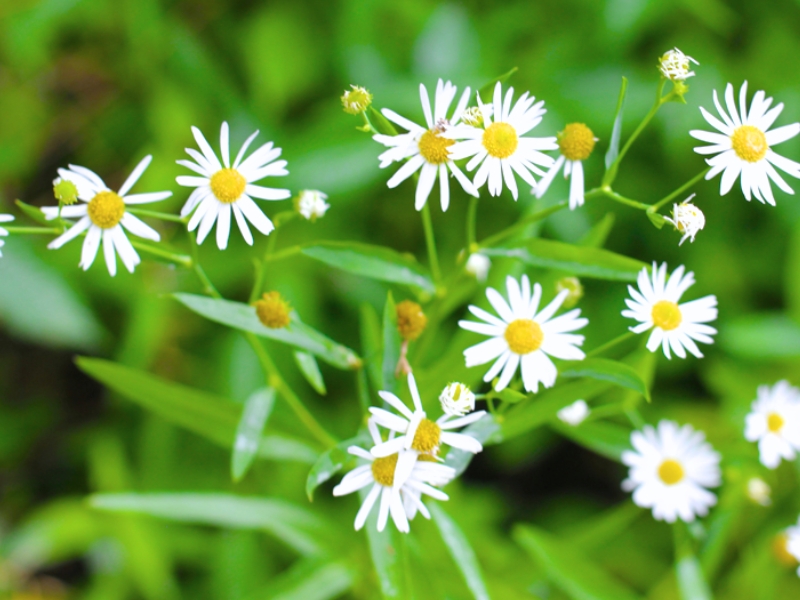
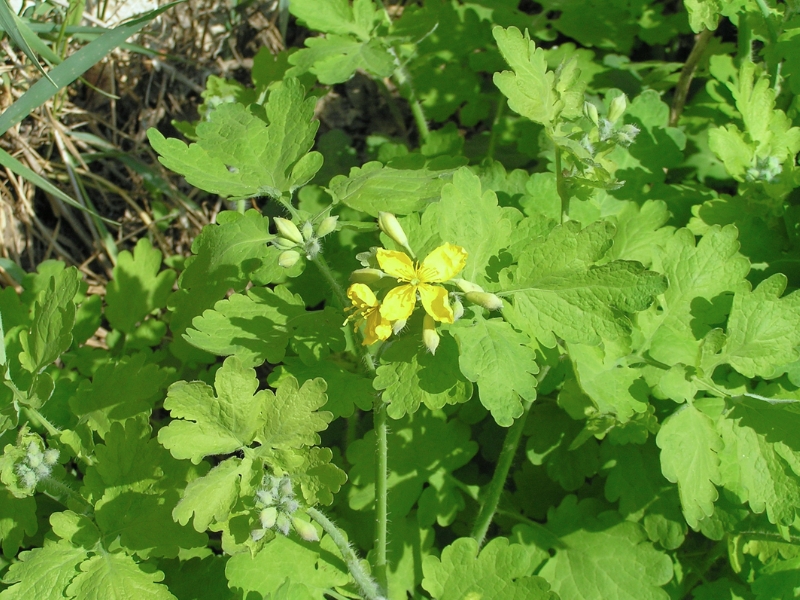
Leave a Reply